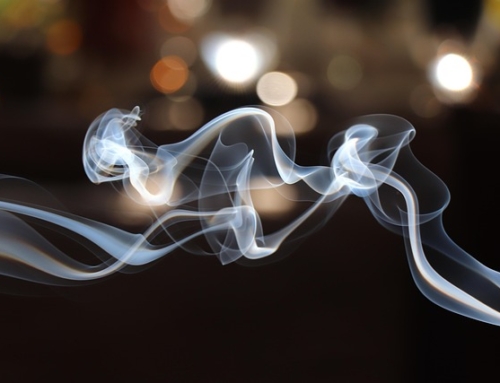Traditional ways to tackle the head lice problem
The rise of over-the-counter head lice treatments has made it difficult to know exactly how many people in the U.S. are affected by these blood-sucking parasites each year. The Centers for Disease Control and Prevention have estimated between six and twelve million people are affected by these small pests each year in the U.S. alone. The traditional way of treating head lice remains the most common, with most parents looking to use a combination of a nit comb and a shampoo treatment applied directly to dry hair. Passing a fine-toothed nit comb through the hair remains the most popular way of removing eggs attached to the base of the hair close to the scalp. These eggs are often difficult to spot and can resemble dandruff close to the scalp, which is often used in conjunction with traditional over-the-counter shampoos and prescribed shampoos. The use of a fine-toothed metal nit comb should be repeated every three to four days for at least two weeks or until the infestation is eliminated.
Remain vigilant in the weeks after an infestation
The main reason for the recurrence of an infestation is the lack of repeat treatments undertaken by those who are struggling to clear a head lice infestation. One of the most important aspects of the treatment of head lice is the need for vigilance following an outbreak being identified and treated. Many treatment shampoos detail the need for a second application seven to fourteen days after the initial application takes place but many parents either do not read the directions or fail to complete the second application when required.
Prevention is often a good option
One of the best treatments for head lice is to try and prevent an outbreak occurring in the first place. Looking for the common signs of head lice in preschool and elementary-age children allows individuals to identify an outbreak as soon as possible after it begins. Head louse is a common problem with over-the-counter products not created to kill the eggs of the louse which can cause a second infestation within two weeks and begin the cycle afresh. A second treatment applied within fourteen days is designed to kill the nymph before it can reach maturity and lay a fresh set of eggs. A common louse infestation does not require any special assistance from pest control companies because these outbreaks are easily handled with over-the-counter or prescription products. Another preventative medicine option is the use of head lice repellent hair bands infused with essential oils created to halt the head louse moving onto the head of a child. These head lice repellent bands are designed to create an environment any louse does not want to live and survive in. Many head lice repellent bands are estimated to be 95 percent effective and last for around two weeks before needing to be changed.


